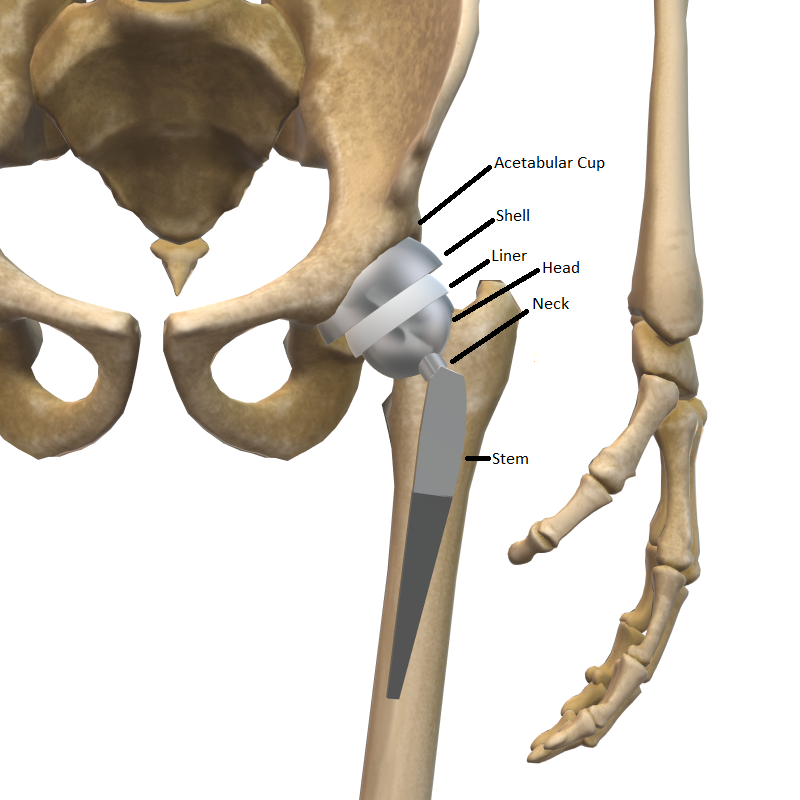Hip replacement surgery, also known as total hip arthroplasty, is a widely performed procedure. It is designed to relieve pain and restore mobility in individuals with severe hip joint damage. This damage can result from conditions such as osteoarthritis, rheumatoid arthritis, or joint injury. Here is more information on key aspects of this surgery, including its preparation, the procedure itself, and the recovery process:
Preparing for Surgery
Preparation before hip replacement surgery involves several steps to enhance the overall success of the procedure. First, patients meet with their orthopedic surgeon to discuss medical history, ongoing medications, and any current health conditions. During this consultation, imaging such as X-rays or MRIs will typically be used to assess the extent of joint damage and plan the procedure.
Patients may need to adjust medications in the weeks leading up to the surgery. Blood-thinning agents are often discontinued temporarily to reduce the likelihood of excessive bleeding during the operation. Patients may also receive advice on optimizing their overall health, such as maintaining a balanced diet and incorporating light exercises to improve muscle strength.
Getting the Procedure
Hip replacement surgery involves removing the damaged cartilage and bone in the hip joint and replacing them with prosthetic components. A prosthesis generally includes three parts: a metal or ceramic ball, a metal stem, and a plastic or ceramic cup that mimics the hip socket. The materials are engineered to reduce friction and allow smooth movement.
The surgeon usually begins by making an incision over the hip joint. Surgical techniques vary and may include minimally invasive options, which involve smaller incisions designed to reduce muscle damage and blood loss. Once the joint area is exposed, the damaged sections of the hip are removed. Then the prosthetic parts are securely anchored to the remaining bone. The prosthetics are designed to fit precisely to restore the natural alignment of the joint.
Recovering and Rehabilitating
The recovery phase focuses on healing and restoring mobility. Patients typically begin moving the joint within 24 hours of surgery under the supervision of physical therapists. Early movement helps to prevent complications like blood clots and encourages better healing.
Physical therapy becomes a key component of recovery in the weeks following surgery. Therapists guide patients through exercises that enhance strength and flexibility while minimizing strain on the new joint. Adherence to physical therapy sessions significantly accelerates progress and enables proper joint function.
Pain management is another focal point during recovery. Surgeons often prescribe a combination of medications to manage postoperative discomfort. Anti-inflammatory drugs or low-dose opioids may be used short-term, with gradual tapering as the healing process progresses.
Learn More About Hip Replacement Surgery
Hip replacement surgery provides an effective solution for individuals dealing with chronic hip pain and limited mobility due to joint damage. By preparing thoroughly before surgery, understanding the procedure, and actively engaging in recovery and rehabilitation, patients can achieve improved quality of life with restored mobility and reduced discomfort. If you are exploring this surgical option, collaborating with your healthcare provider to develop a thorough pre- and post-surgery plan can maximize the benefits and enable a smoother overall experience.

